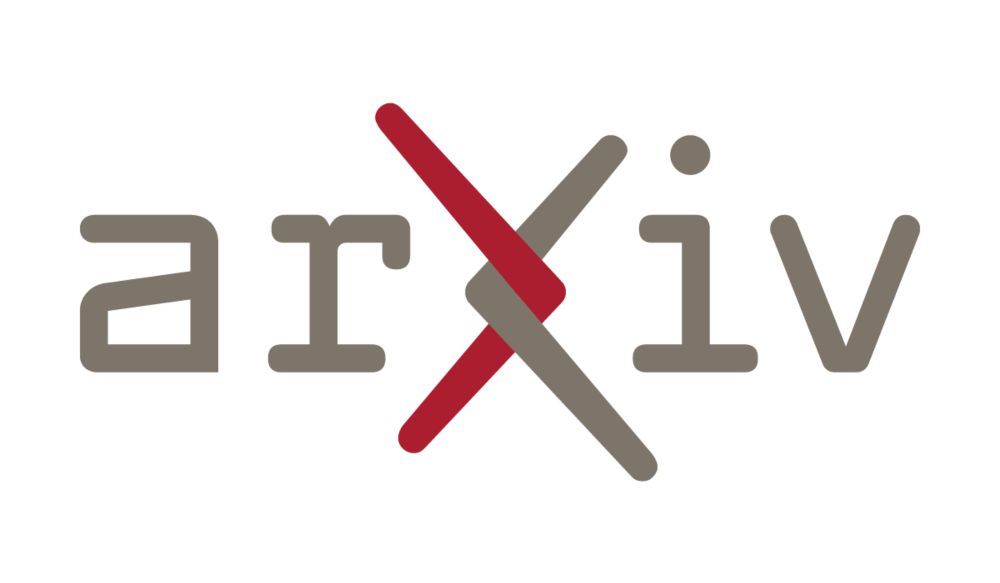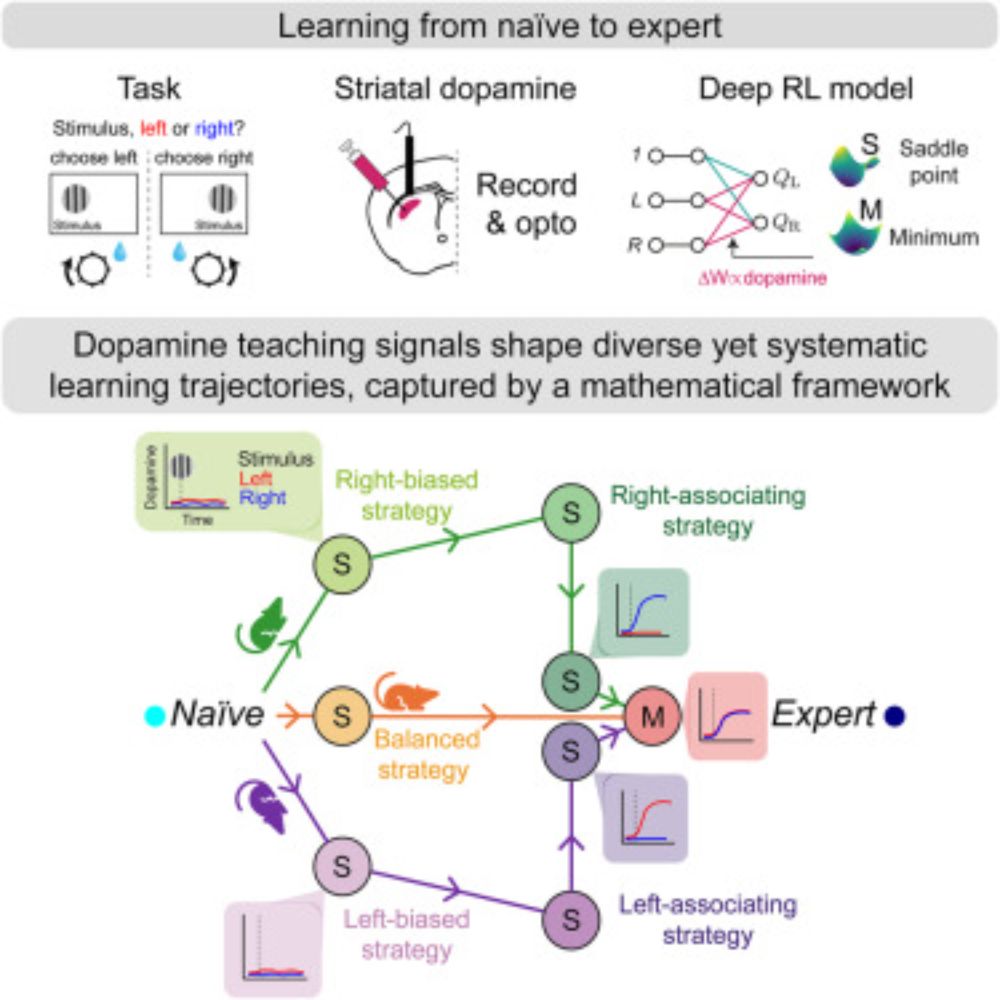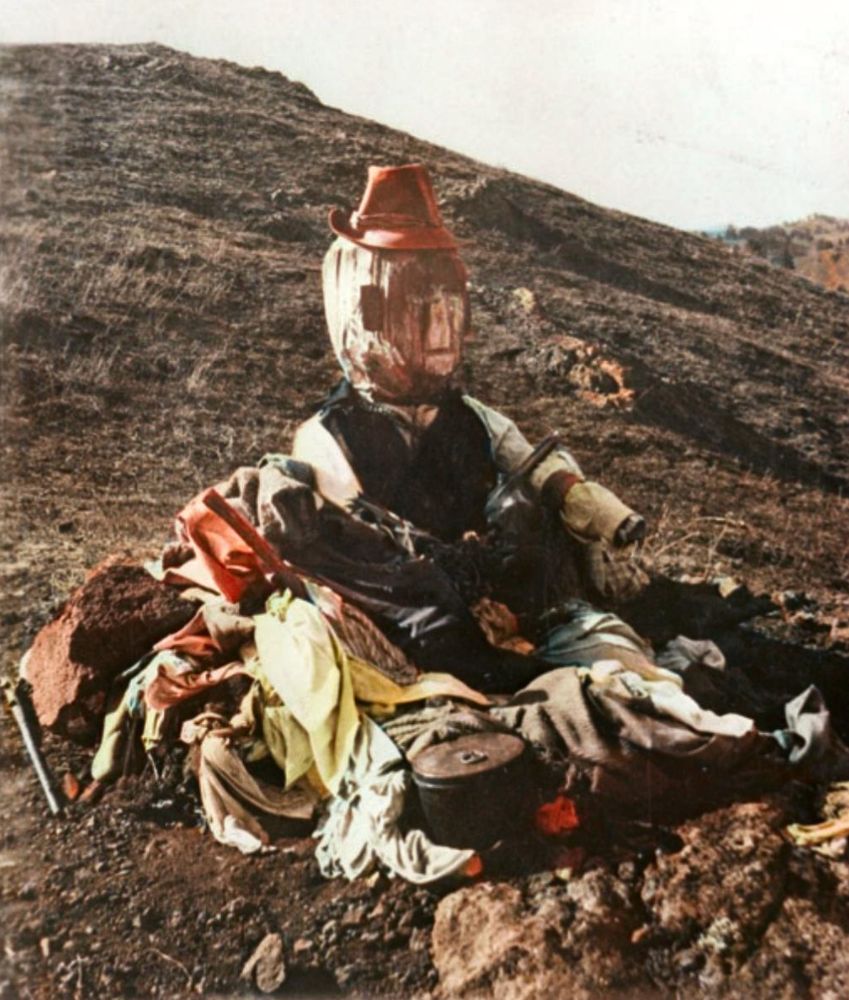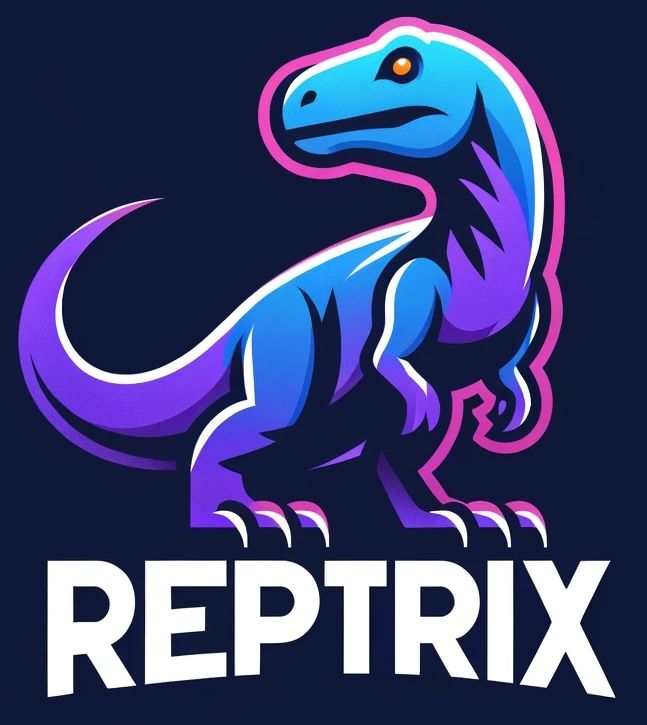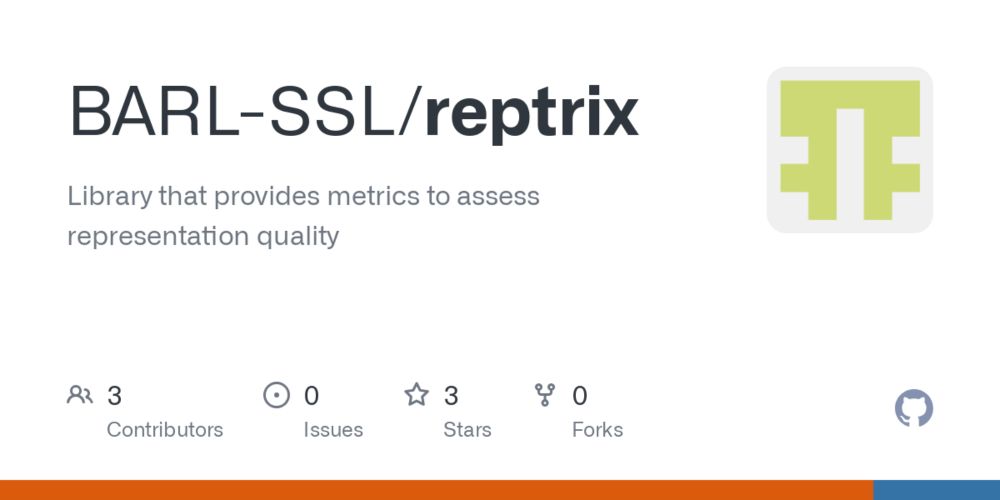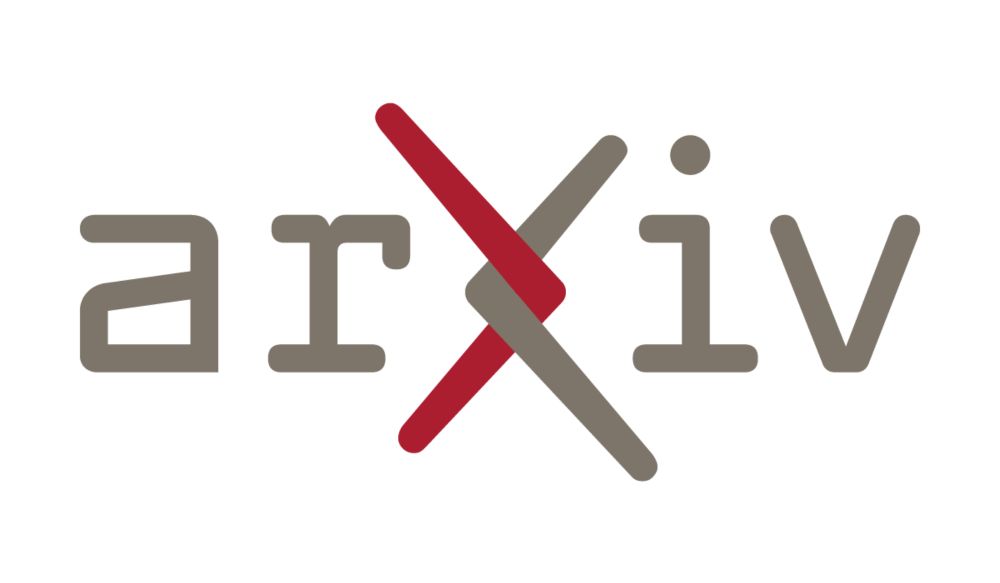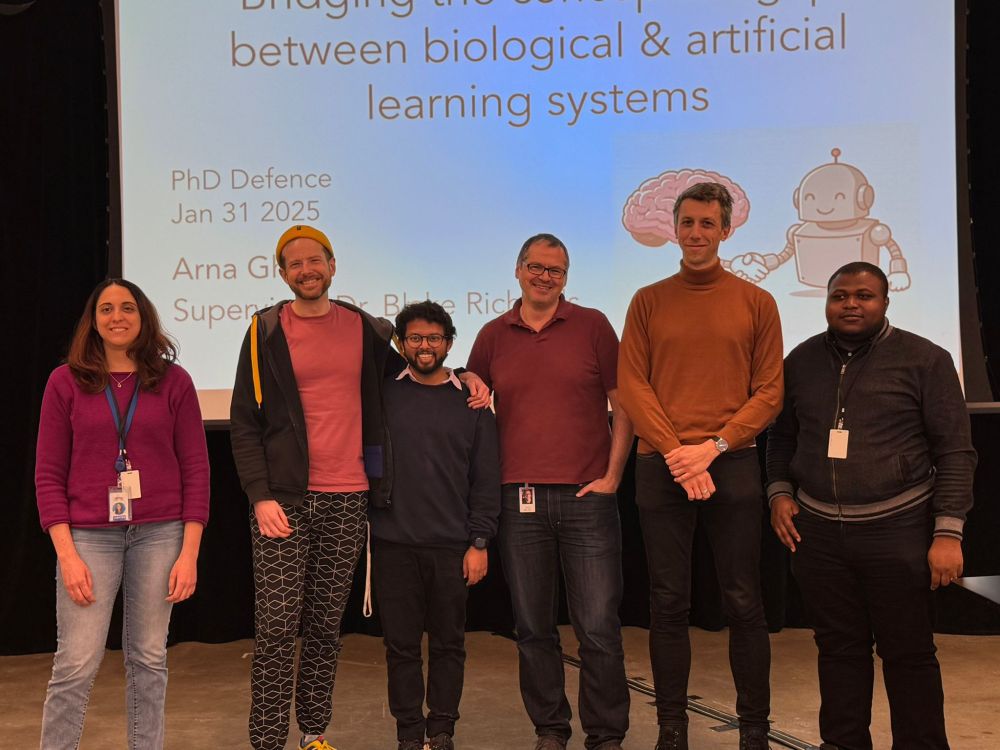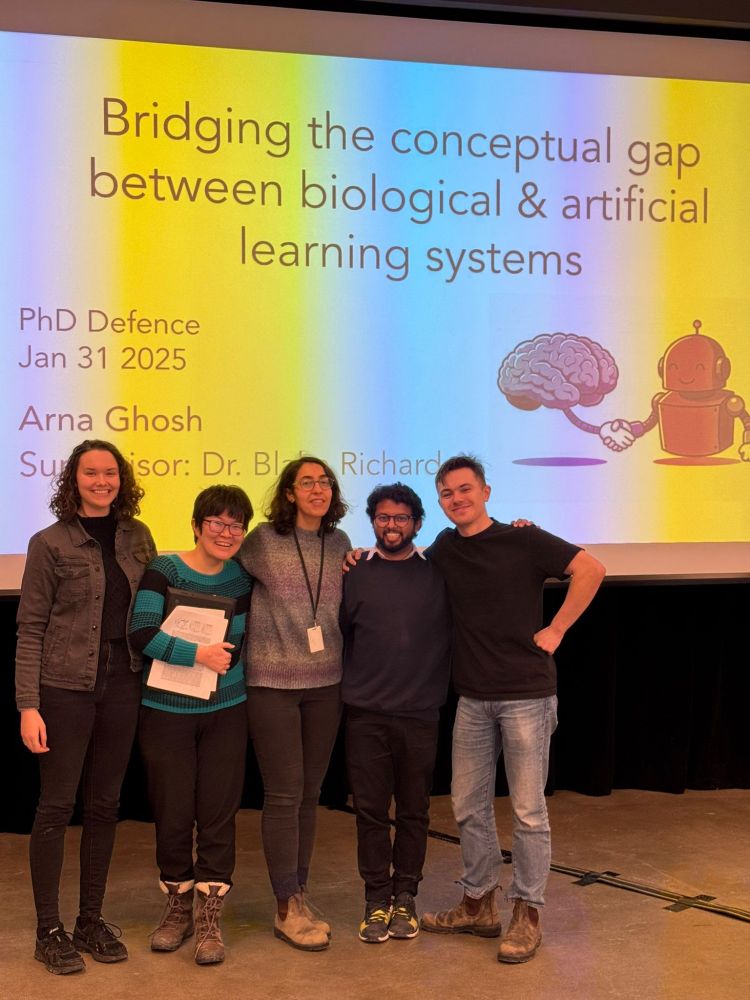Arna Ghosh
@arnaghosh.bsky.social
240 followers
190 following
38 posts
PhD student at Mila & McGill University, Vanier scholar • 🧠+🤖 grad student• Ex-RealityLabs, Meta AI • Believer in Bio-inspired AI • Comedy+Cricket enthusiast
Posts
Media
Videos
Starter Packs
Arna Ghosh
@arnaghosh.bsky.social
· Jun 24
Arna Ghosh
@arnaghosh.bsky.social
· Jun 15
Arna Ghosh
@arnaghosh.bsky.social
· Jun 9
Reposted by Arna Ghosh
Arna Ghosh
@arnaghosh.bsky.social
· Apr 2
Arna Ghosh
@arnaghosh.bsky.social
· Apr 2
Arna Ghosh
@arnaghosh.bsky.social
· Apr 1
Arna Ghosh
@arnaghosh.bsky.social
· Apr 1
Arna Ghosh
@arnaghosh.bsky.social
· Apr 1
Arna Ghosh
@arnaghosh.bsky.social
· Apr 1
Arna Ghosh
@arnaghosh.bsky.social
· Apr 1

α-ReQ: Assessing Representation Quality in SSL | Mila
The success of self-supervised learning algorithms has drastically changed the landscape of training deep neural networks. With well-engineered architectures and training objectives, SSL models learn ...
mila.quebec
Arna Ghosh
@arnaghosh.bsky.social
· Mar 8
Arna Ghosh
@arnaghosh.bsky.social
· Feb 18
Arna Ghosh
@arnaghosh.bsky.social
· Feb 15
Arna Ghosh
@arnaghosh.bsky.social
· Feb 15
Arna Ghosh
@arnaghosh.bsky.social
· Feb 15
Arna Ghosh
@arnaghosh.bsky.social
· Feb 15
Arna Ghosh
@arnaghosh.bsky.social
· Feb 10
